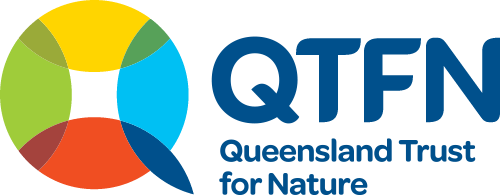10 threatened species Queensland Trust for Nature is protecting
Unfortunately, around the world and within Australia, growing demand for housing, agricultural, industrial and coastal development is reducing habitat for wildlife.
Among mammals alone, Australia is losing at least one or two species per decade and indications are that this will only accelerate as the impacts of climate change intensify.
Queensland is Australia’s most biodiverse state with more plant and animal species than any other state or territory. This brings an immense responsibility when it comes to nature conservation and ensuring we maintain beautiful places to live and work into the future.
The actions of private landholders, who own more than 60% of the Australian mainland, can play a direct and critical role in slowing extinction rates and maybe even reversing the trend.
At Queensland Trust for Nature (QTFN), one of the tools we use to maintain and build connected protected wildlife corridors and diverse habitat is a ‘revolving fund’ where we buy, protect and on-sell land. Read about conservation lifestyle properties for sale.
Since 2004, QTFN’s revolving fund has protected 101,580 hectares in this way.
Below are ten threatened species that we have secured habitat for on properties we are revolving or on QTFN owned permanent reserves and Nature Refuges.
1. Glossy black cockatoo (protected at Aroona Station) – Calyptorhynchus lathami – a common sight passing over the Aroona homestead on their way between feeding sites in the Little Liverpool Range. Federally endangered and Vulnerable in Queensland.
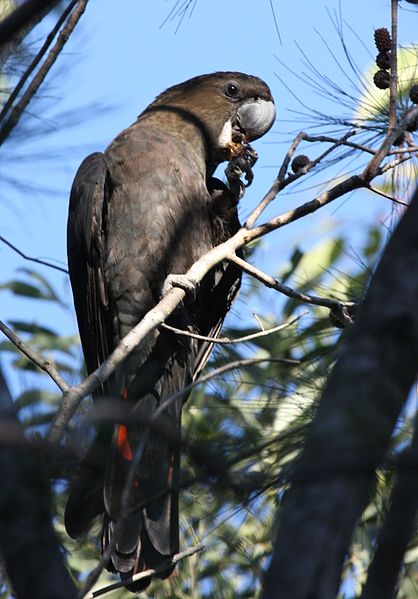
Glossy black cockatoo. Photo credit Aviceda
2. Brush-tail rock-wallaby (protected at Aroona Station and Koala Crossing) – Petrogale penicillata – able to scale sheer cliffs and highly specific in where they live, this species of rock wallaby was once broadly distributed across east coast Australia but is now listed as Vulnerable at Federal and state levels.
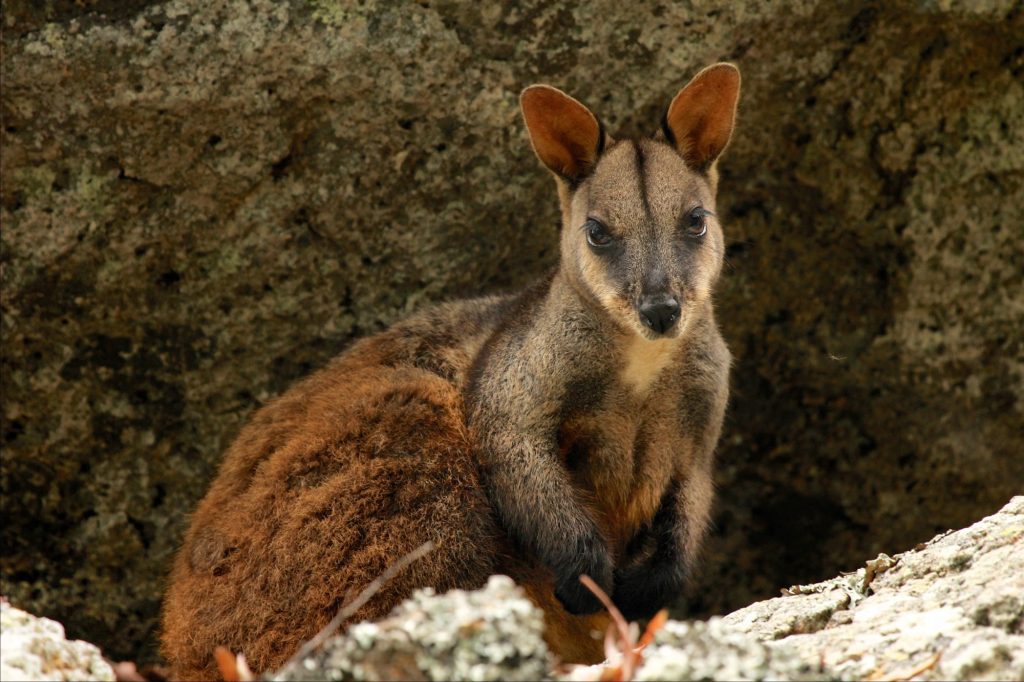
Brush-tailed rock-wallaby. Photo credit Caleb McElrea
3. Powerful Owl (protected at Aroona Station and Koala Crossing) – Ninox strenua – our ecologists recently found the regular feeding spot of this amazing bird in the sheltered vine-thicket gullies of Aroona, and have seen them passing over Koala Crossing. Powerful by name and powerful by nature, these large owls eat medium to large tree-dwelling mammals like possums and gliders.
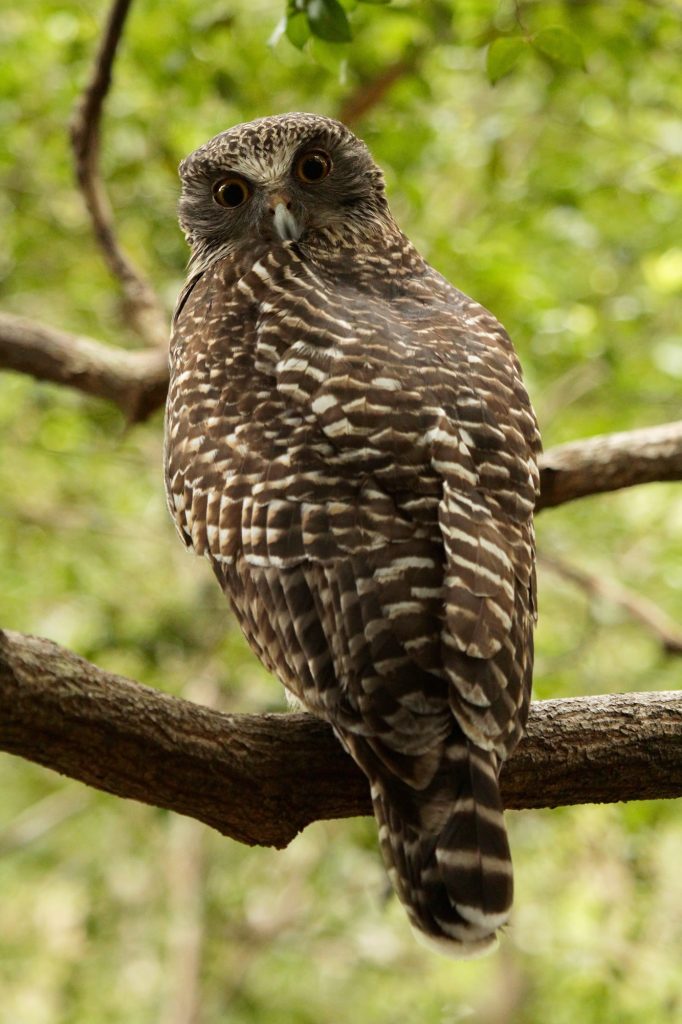
Powerful Owl. Photo credit Caleb McElrea.
4. Flatback turtle (protected at Avoid Island Nature Refuge) – Natator depressus – unlike all other sea turtles the flatback turtle never ranges far from its northern Australian nesting sites making it one of the only endemic sea turtles in the world. QTFN protects and manages one of Queensland’s most significant Flatback rookeries on our Avoid Island Nature Refuge.

Flatback Turtle. Photo credit Seapics Photography.
5. Common death adder (protected at Avoid Island Nature Refuge) – Acanthophis antarcticus – they may seem scary but threats from poisoning by cane toads, inappropriate farming practices and land clearing means there are not many safe places left for the Vulnerable death adder. On our Avoid Island Nature Refuge they are provided with a safe, predator and cane toad free haven in the southern Great Barrier Reef.
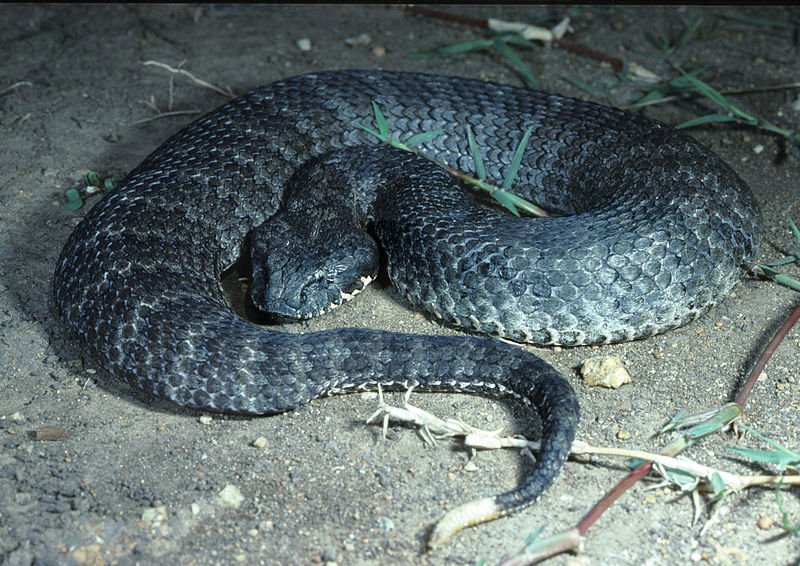
Death Adder – Acanthophis antarcticus. Photo credit John Wombey CSIRO
6. Ant Plant (protected at Ant Plant Nature Refuge) – Myrmecodia beccarii – not just a threatened plant but a unique mutualism between a plant that makes home for an ant, that raises the caterpillars of a butterfly. Listed as Vulnerable at a Federal level, this species is restricted to a few remaining pockets in northern Queensland.
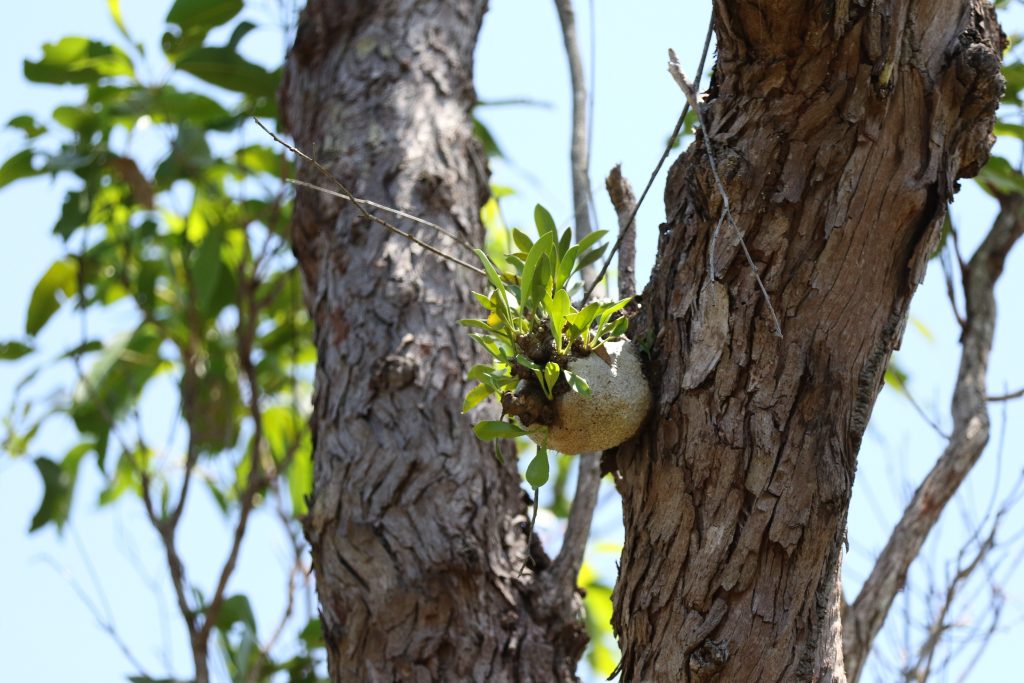
Ant plant at Ant Plant Nature Refuge
7. Southern Cassowary (protected at Ant Plant and Cassowary Connections Nature Refuges) Casuarius casuarius johnsonii. One of Queensland’s most iconic species, the Southern Cassowary is the world’s third-largest bird, growing between 1.5 and 2 metres in height. An icon of the Wet Tropics region, cassowaries generate significant community pride, with many individual birds given personal names and a festival held to celebrate their importance. Listed as Endangered nationally, latest estimates suggest the total Australian population of the Southern Cassowary numbers only between 2,000 and 4,000 adults.
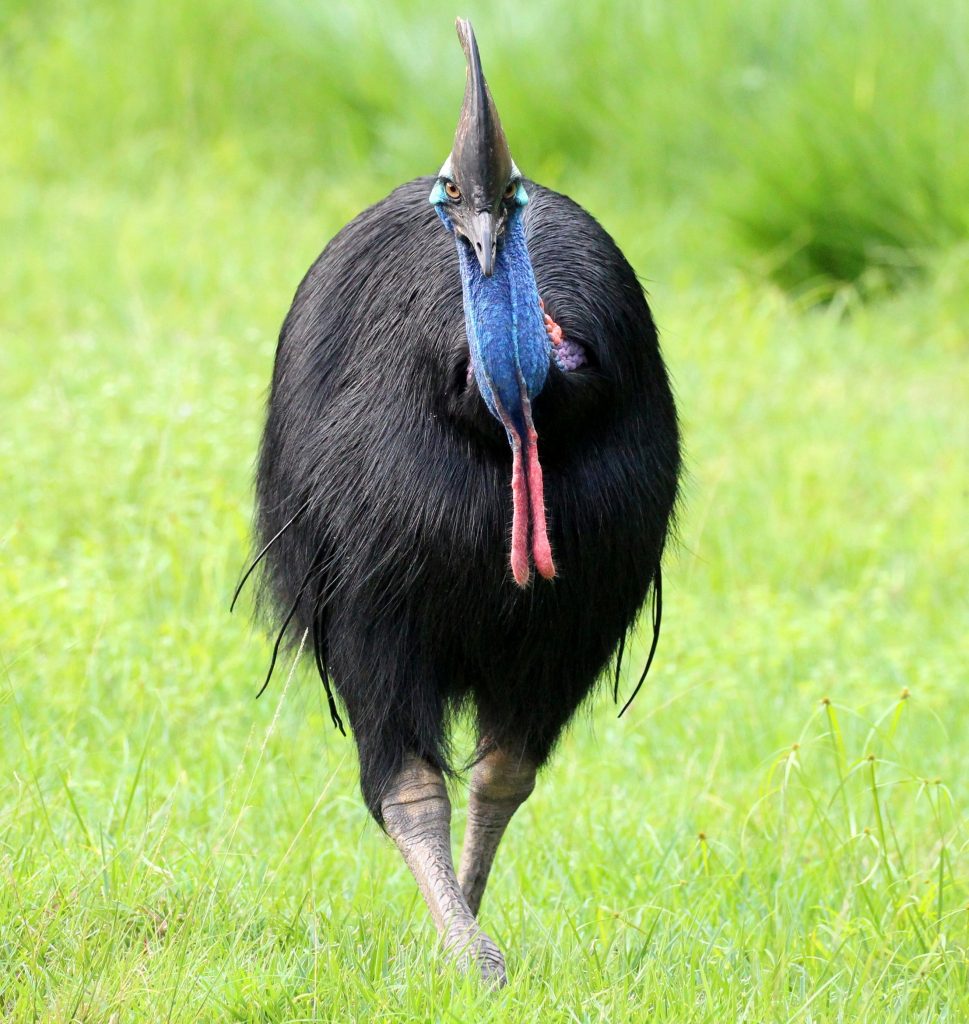
Mission Beach Cassowary. Photo credit Jeff Larson
8. Lacelid frogs (protected at Gurrbum Nature refuge) – Littoeria dayi. Amphibians are experiencing one of the highest rates of biodiversity loss globally, and Australia is no exception. We protect this beautiful frog on our northern reserves.
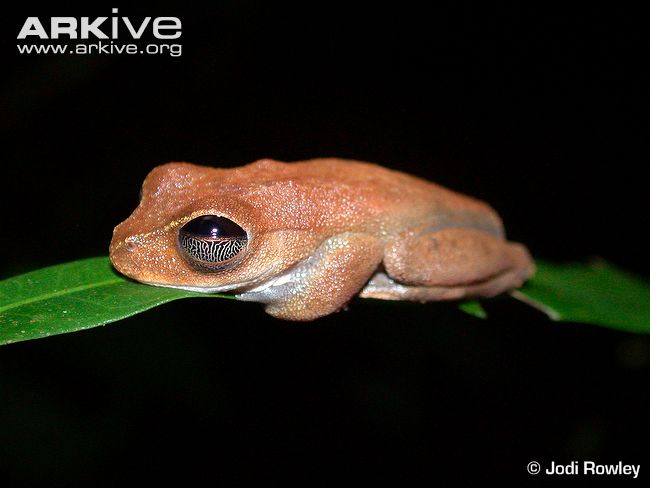
Australian Lacelid frog. Photo credit Jodi Rowley, Arkive
9. Beach Stone Curlew (protected at Avoid Island Nature Refuge) Esacus magnirostris. Avoid Island protects an array of bird species including beach stone-curlew, eastern curlew and the sooty oyster-catcher. For these coastal birds, protecting nesting, roosting and feeding sites from human disturbance is vital. Listed as Vulnerable in Queensland, we have a breeding pair of Beach Stone Curlews on Avoid Island.
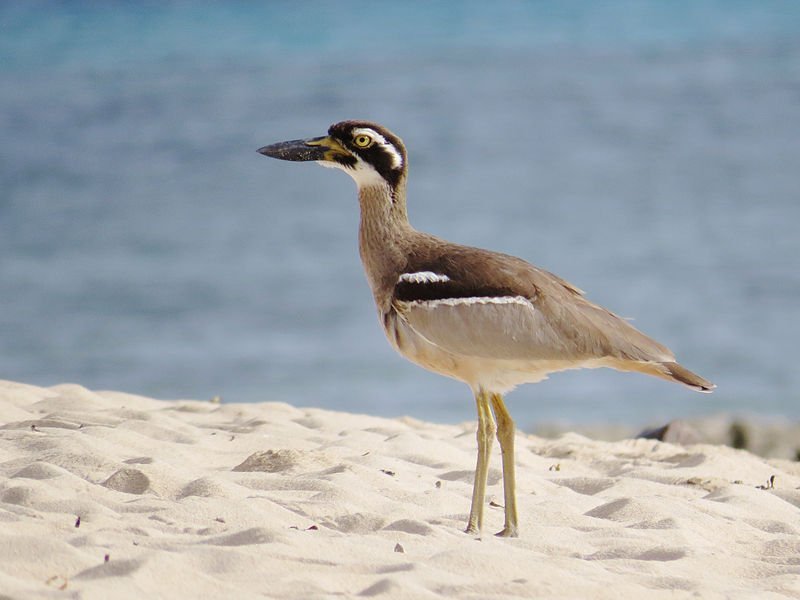
Beach stone-curlew. Photo credit Summerdrought.
10. Littoral Rainforest and coastal vine thickets (protected at Avoid Island Nature Refuge). Avoid island contains the critically endangered ecological community of ‘Littoral Rainforest and coastal vine thickets on the east coast of Australia’. Commonly known as Beach Scrub, only 2000 hectares of this community remains in Australia, with Avoid Island containing 10 hectares. QTFN is undertaking weed removal of threatening transformer weeds from this critically endangered community that will ensure its continued conservation.
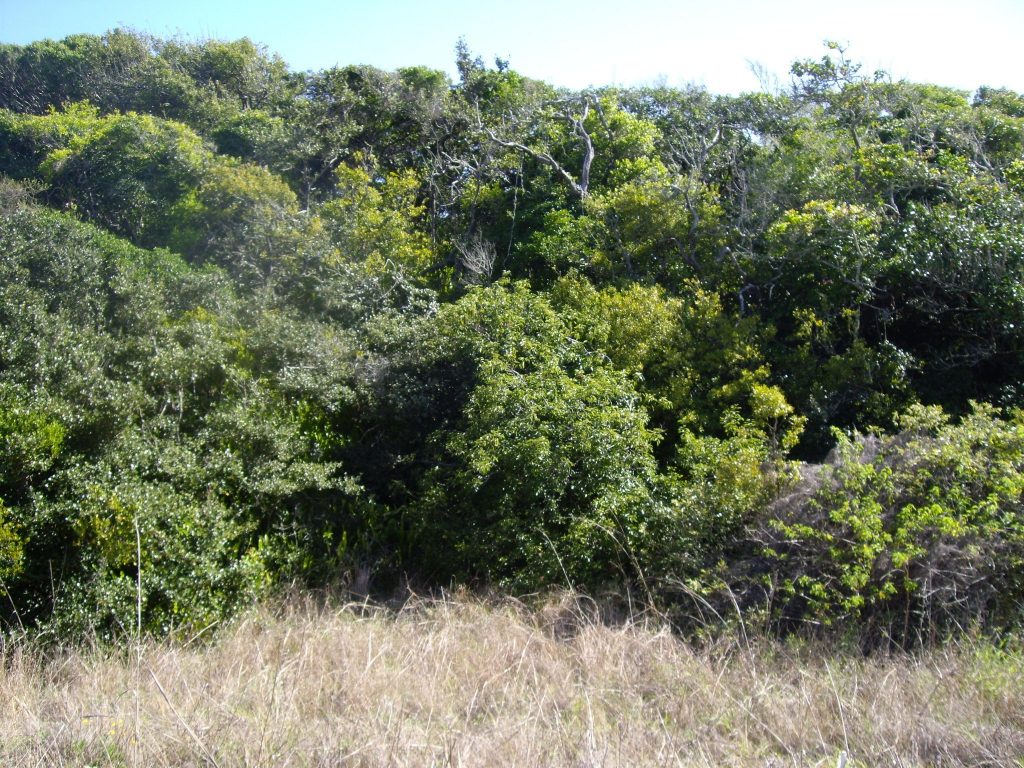
Littoral rainforest and coastal vine thickets. Photo by Reef Catchments.
